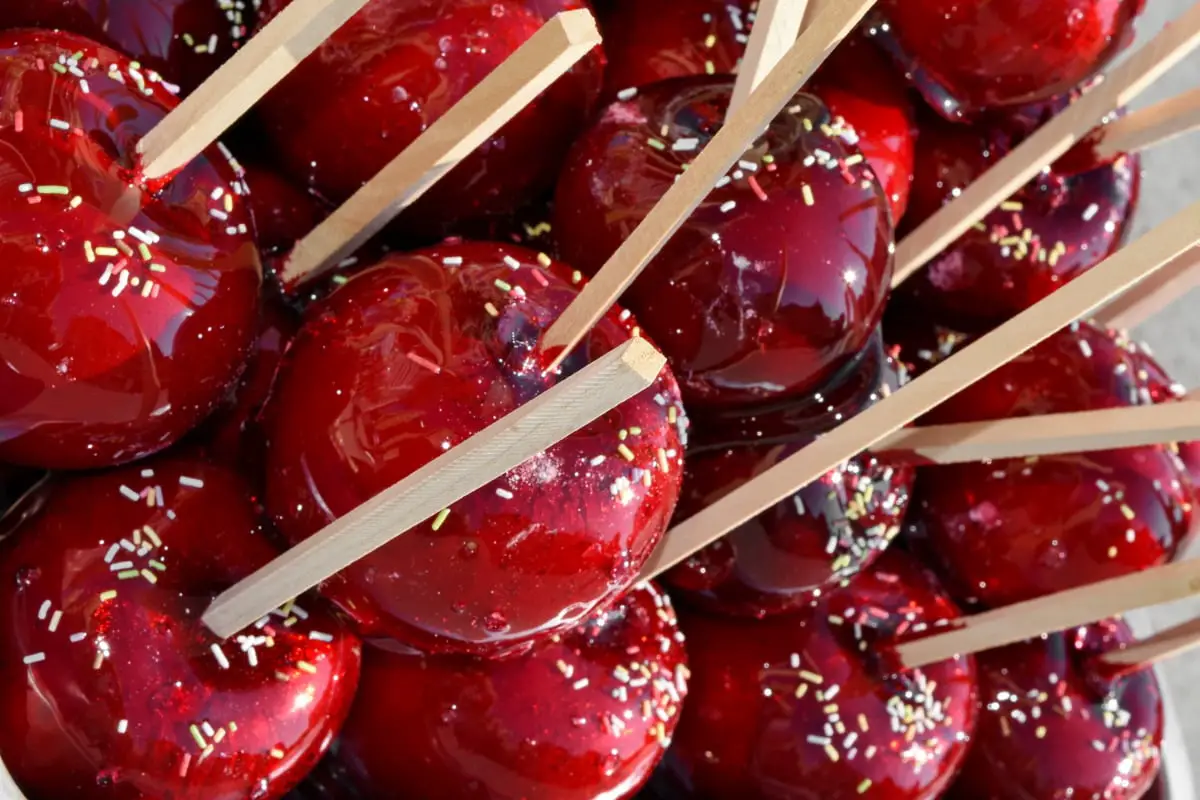What is Red 40 Anyway?
Red 40 is a fake nourishment shading that is in numerous nourishments found in supermarkets the nation over, especially in profoundly handled nourishments. This nourishment likewise passes by different names on the names of these nourishments, including: Red 40, Red #40, Allura Red AC. As indicated by the American Chemical Society (ACS), red 40 is the main fake red color being used in the United States. Nourishment makers additionally now and again utilize common red nourishment colors, particularly on the grounds that numerous individuals attempt to keep away from fake hues. While the two kinds of nourishment colors can give nourishment an engaging look, the thing that matters are in the source material. As the ACS clarifies, counterfeit nourishment colors used to originate from coal. Today, makers get them from oil. Whatever colorings are restricted in Europe.
What Are the red 40 Side Effects?
Per the FDA, fake hues like red 40 are protected when utilized as per guidelines. The FDA has gauges for what sorts of nourishment they can be utilized in, the most extreme sum that can be utilized and how the added substance is recorded on the mark. Red 40 is one of nine guaranteed shading added substances affirmed by the FDA, which must experience confirmation each time another group is made. With respect to the red 40 side effect and security, the FDA expresses that science shows most youngsters don’t have an unfriendly response to shading added substances, albeit a few kids might be especially delicate to them.
Different sources oppose this idea. The Center for Science in the Public Interest, which recognizes red color 40 as one of the more typical counterfeit nourishment colorings, clarifies that red 40 could incite sensitivity like responses in certain customers and connections social issues, for example, ADHD in youngsters among red 40 reactions. As per Harvard Health Publishing, the Center for Science in the Public Interest has been pushing the FDA since 2008 to boycott nourishment color in monetarily arranged nourishment.
Per Harvard Health’s 2011 editorial, kids with consideration shortfall/hyperactivity issue may be powerless against red 40 reactions, albeit most kids won’t have any issue expending fake nourishment shading; be that as it may, Harvard Health takes note of that there is nothing amiss with concentrating an eating routine on entire, natural food sources and staying away from the shoddy nourishment that is regularly falsely hued: treats, sugary grains, organic product beverages and pop. From the point of view of those at St. Louis Children’s Hospital, no one needs to have counterfeit hues in their eating routine, and fake hues are frequently utilized in nourishment with included sugar, which has a relationship with hyperactivity in kids.
How to avoid red 40
To stay away from Red 40 is to maintain a strategic distance from nourishments that have fake shading or dyes. Before purchasing anything you should read food labels is constantly a keen and proactive approach to ensure you know what is going into your body, and the bodies of your relatives. There are another approaches to avoid from Red 40. You can purchase fresh, natural nourishment that doesn’t arrive in a pack.
Common products that are Red 40-free
Some products that are red 40-free include, Ocean Spray Fruit Flavored Snack, Berry Berry Kix, Post Shredded Wheat, Cheerios, Grape-Nuts, Kellogg’s Corn Flakes, Kashi GoLean, Yoplait yogurts, Special K Red Berries Cereal
The Bottom Line:
The FDA stands firm that in spite of the fact that nourishment dyes may not be the best ingredients on earth, they accept there’s nothing solid enough to demonstrate that Red 40 is naturally harmful to the all-inclusive community. In any case, the exploration exhibited by the CSPI is troubling. Eventually, it’s up to you, the customer, to choose.



